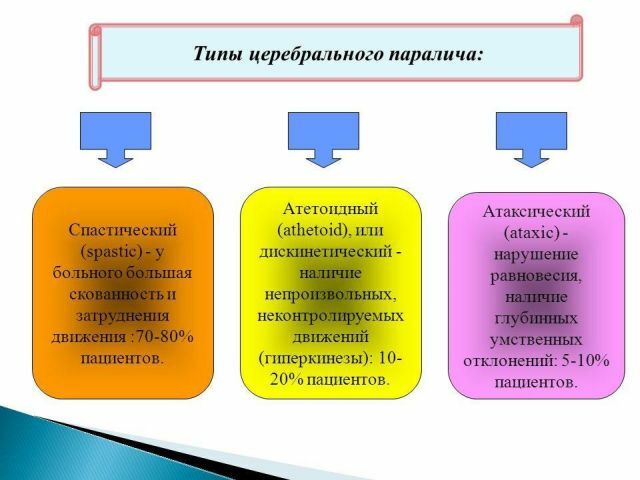Bursitis - an inflammatory disease that is characterized by lesions of the bursa with the accumulation in it of serous or purulent exudate (effusion).
Bursa - a small-sized cavity filled with synovial fluid and synovial membrane limited. They are located where during movement possible pressure on the bone or joint. For example - on the surface of the patella in the area of the elbow, on the outer side of the ankle, etc.

Causes
Since synovial bags serve a protective and cushioning function, the main causes of inflammation (bursitis and development) as follows:
- Damage to the bursa. Most often these injuries become chronic microtrauma and bruises. During injury bursa pressure increases dramatically, which leads to rupture of blood vessels that feed this bag, and this, in turn, becomes the cause of eating disorders and inflammation of tissues. In chronic microtraumas such damage does not occur simultaneously, but the impact of the time, even at minimum power pressure or vibration, can cause circulatory disorders of the bursa, which eventually also leads to inflammation.
- Infection. Infection bursa may occur due to contact with the outside of the pathogen (for penetrating wounds region) or inside (if the body foci of acute or chronic inflammation - bronchitis, Sinusitis, otitis, abscesses and other diseases).
- Allergic reaction. As the cause of bursitis is less common, but in the presence of large amounts of antibodies body (during or after infectious or allergic diseases), they may be involved in the inflammatory process of any organs and tissues, including bursa.
Kinds
Bursitis distinguished by the nature of the synovial fluid in the cavity Umki. He can be:
- Serous (if in the process of inflammation been involved infectious process)
- Purulent (if he bursitis was caused by penetration into the cavity of the bag infection, or an infection joined at any stage of the disease).
As purulent and serous bursitis can also be gemorrargicheskim if during the inflammatory process in the cavity is bleeding from neighboring vessels, fracturable inflammation.
Also, bursitis can be classified according to the place of occurrence. Often arise bursitis in the knee or elbow.
Bursitis Bursitis knee and elbow clinically differ only localization process and therapeutically - point as possible puncture.
symptoms of bursitis
Bursitis - Disease acute hence his clinic due, primarily, manifestations of the inflammatory process. Main the following symptoms:
in the pain of defeat
The intensity of the pain of bursitis depends on how much of the affected area is exposed to the load of the bag. So, with the defeat of major joints with large traffic volumes and loads (elbow, shoulder, knee) pain intense than in lesions less mobile or stationary structures (hip, sacroiliac and others).
Also, for bags, placed in the mobile zones, and intensive short-term pain is common in mainly during movement, while in other locales, it can wear and constant aching character.
Swelling and redness of the affected area
It occurs due to the inflammatory process. Also, the skin in this area could be warmer than in other parts of the body.


Violation of limb function
Swelling and tenderness of synovial bags can often lead to disturbance of the functioning of the limb joints.
It should be remembered that the bursae can be connected with the cavity of the joint, so for bursitis may be characterized by symptoms arthritis.
Diagnostics
Diagnosis and treatment of bursitis deals trauma surgeon or a surgeon. For diagnostics information is used following methods:
- The survey and examination of the patient. Carried out to determine the localization and characteristics of the process to determine the cause of occurrence and duration of the course of the disease.
- General blood analysis. Used to assess the general state of the organism and detecting signs of inflammation.
- joint radiography or ultrasound lesion area. This is the most important element of the study, as it allows you to specify what kind of inflamed bursa, and It is, since whether such symptoms, the disease may give bursitis and other diseases such as: arthritis, synovitis, Neoplastic diseases of the bone and muscle apparatus, tendons and other breaks.
In some cases (when these research methods were uninformative) held puncture bursa with a fence of synovial fluid for research.
bursitis treatment
bursitis treatment is of two types: conservative and operative.
Conservative treatment on an outpatient basis and is used in cases symptomatology code indicates sufficient light for the disease.
If conservative treatment of bursitis used anti-inflammatory drugs such as
- ketaprofen (Artrozilen)
- diclofenac,
- Other means for external application.
In combination with rest and immobilization of a limb, this local therapy for 5-8 days enough to remove the major symptoms of the disease and start the recovery process of a damaged area.
In some cases, after the disappearance of the acute process, the doctor may prescribe the procedure electrophoresis hydrocortisone on the affected area - for the prevention of recurrence of inflammation.
Surgical treatment of bursitis is carried out in cases where the symptoms is extremely acute, or deeply located bursa.
Most often, the operation involves puncturing the bag cavity under local anesthesia, with subsequent removing the synovial fluid, and introducing into the anti-inflammatory agents such as hydrocortisone or kenalog.
After the surgery for 2-5 days (depending on the results of subsequent studies) the patient may be discharged from the compartment.
Complications and prognosis of the treatment
The prognosis for timely diagnosis of bursitis - favorable.
Since bursitis responds well to treatment, patients recover completely.
However, in severe cases, the following complications:
- joining serous bursitis infection with a transforming process purulent,
- myositis (inflammation of muscle fibers),
- Organization cavity bursa - deposition thereon calcium salts or other substances.



